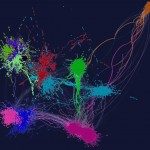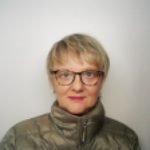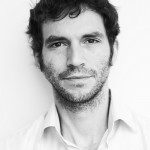Link to Pubmed [PMID] – 40016420
Link to DOI – 10.1038/s44318-025-00389-1
EMBO J 2025 Feb; ():
Natural plasmids are common in prokaryotes, but few have been documented in eukaryotes. The natural 2µ plasmid present in the yeast Saccharomyces cerevisiae is one of these best-characterized exceptions. This highly stable genetic element has coexisted with its host for millions of years, faithfully segregating at each cell division through a mechanism that remains unclear. Using proximity ligation methods (such as Hi-C, Micro-C) to map the contacts between 2µ plasmid and yeast chromosomes under dozens of different biological conditions, we found that the plasmid is tethered preferentially to regions with low transcriptional activity, often corresponding to long, inactive genes. These contacts do not depend on common chromosome-structuring factors, such as members of the structural maintenance of chromosome complexes (SMC) but depend on a nucleosome-encoded signal associated with RNA Pol II depletion. They appear stable throughout the cell cycle and can be established within minutes. This chromosome hitchhiking strategy may extend beyond the 2µ plasmid/S. cerevisiae pair, as suggested by the binding pattern of the natural eukaryotic plasmid Ddp5 along silent chromosome regions of the amoeba Dictyostelium discoideum.





